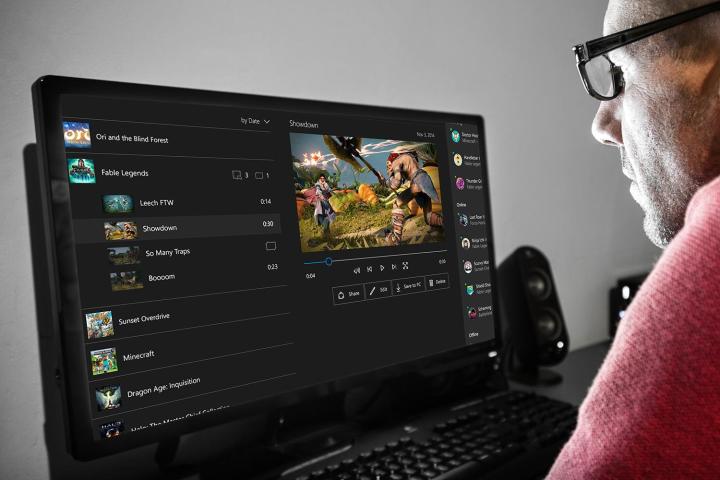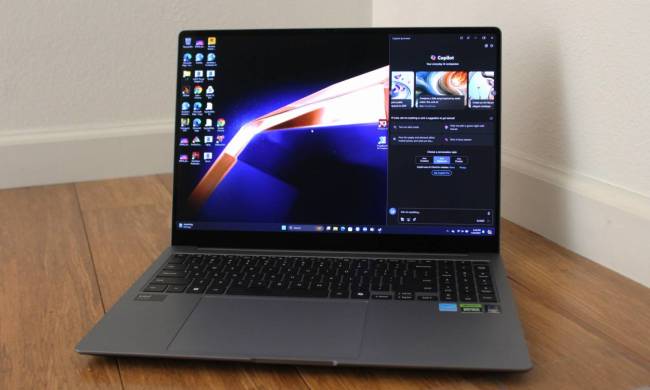
To make the change, go to C:\Users\%USERNAME%\AppData\Local\Packages\Microsoft.XboxApp_~~~~~~\LocalState and locate the file “userconsoledata.” From there, open the file in a text editor and look for the entry “IsInternalPreview” and change the “false” after it to “true.” Save the file, relaunch the Xbox App and start streaming. On the top right, there should be four options, with “Very High” now listed along with the other choices.
We tested it out, and there is definitely a noticeable difference, though one thing to note is that the userconsoledata files was not there until we actually streamed from the Xbox One to PC for the first time. So if you try this yourself and find that a file is missing, launch the Xbox app and do a game stream, then go back in the folders and adjust the files.
An important thing to keep in mind is that users are reporting bandwidth usage of up to 20Mbps with some games, so enabling this setting will be very trying on your local network, and the increase in quality could cause you to experience slowdown and general unpleasantness. After all, there’s a reason this setting is currently hidden away. Still, if your local network is solid, it’s definitely worth playing around with.
The fact that this feature can be enabled by editing a section called “IsInternalPreview” implies that Microsoft is testing this feature out internally, and it is likely to be available in full at some point in the future.


